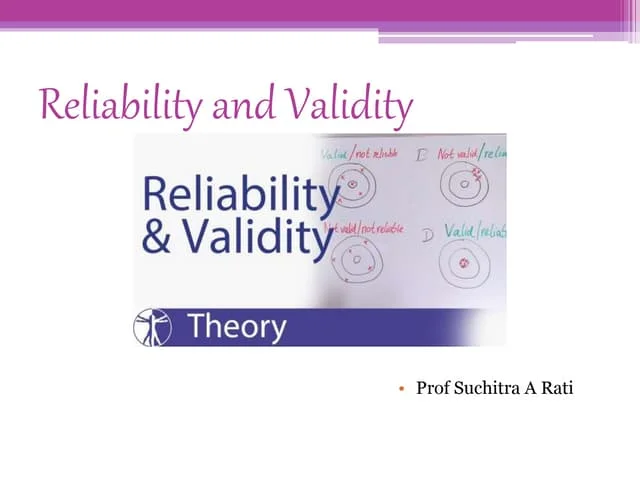Validity and Reliability-Nursing Paper Examples
Researchers consider validity and reliability with each new study they design, for this case, an experimental design. This is because validity and reliability are not fixed but rather reflect a particular study’s unique variables, research design, instruments, and participants. In the context of research design, two types of validity, which speak to the quality of different research process features, are considered: internal validity and external validity (Taherdoost, 2016)(Validity and Reliability-Nursing Paper Examples).

A research study’s findings are internally valid if the researcher has used controls to determine that the outcome is indeed due to manipulation of the independent variable or the treatment. Consequently, external validity refers to the extent to which the findings can be generalized from the sample to the population or other settings and groups. On the other hand, reliability refers to the replicability of the findings; the measure of stable and consistent research results (Taherdoost, 2016). A researcher can use test-retest reliability, parallel form reliability, inter-rater reliability, and internal consistency reliability to ascertain trends in analysis results (Validity and Reliability-Nursing Paper Examples).
In my research proposal, I achieve data validity and reliability by using a systematic and transparent data collection approach to collect information from primary and secondary sources. Data collected from previous studies and focus groups are documented to maintain a clear flow of processing and auditing. Moreover, my interactions with respondents are based on well-established research proceedings, and a focus on selected groups will help determine research consensus on research representation (Validity and Reliability-Nursing Paper Examples).
References
Alshenqeeti, H. (2014). Interviewing as a data collection method: A critical review. English linguistics research, 3(1), 39-45.
Peersman, G. (2014). Overview: Data collection and analysis methods in impact evaluation. UNICEF Office of Research-Innocenti.
Sutton, J., & Austin, Z. (2015). Qualitative research: Data collection, analysis, and management. The Canadian journal of hospital pharmacy, 68(3), 226.
Taherdoost, H. (2016). Validity and reliability of the research instrument; how to test the validation of a questionnaire/survey in a research. How to test the validation of a questionnaire/survey in a research (August 10, 2016).
